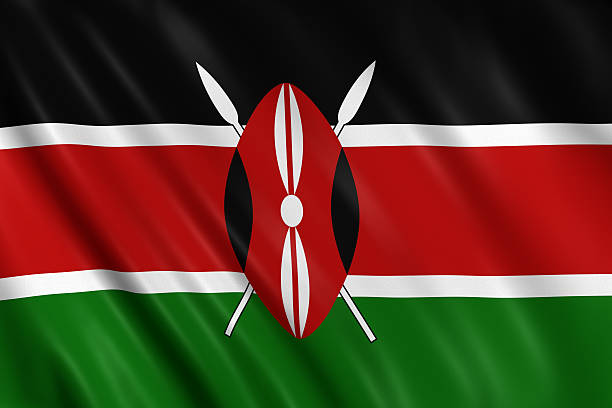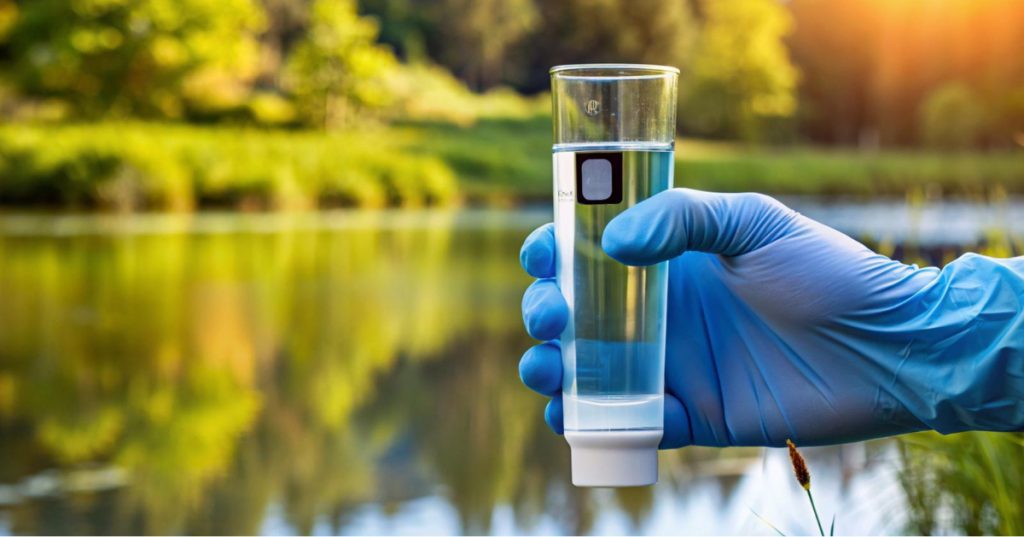Clean and safe water is essential for public health, economic growth, and environmental sustainability. In Kenya, rapid urbanization, industrial expansion, and population growth have made water safety a national priority. The process of disinfection in water treatment — ensuring the removal of pathogens and harmful microorganisms — remains one of the most critical stages in delivering safe drinking water.
However, with technological innovation transforming water management worldwide, Kenya is increasingly adopting advanced, automated, and eco-friendly water disinfection solutions that ensure both safety and sustainability.
The Role of Disinfection in Water Treatment
Disinfection of water is the final and most crucial step in the treatment process. It eliminates bacteria, viruses, protozoa, and other pathogens that can cause diseases such as cholera, typhoid, and dysentery.
Traditional methods of water disinfection—like chlorination—have served reliably for decades. But growing concerns around chemical residues, disinfection by-products (DBPs), and operational safety have led to the rise of more advanced technologies.
Today, modern disinfection in water treatment combines chemistry, automation, and smart monitoring systems to ensure precise dosing, better pathogen control, and minimal environmental impact.
Conventional Methods of Water Disinfection
Historically, disinfection of water has been carried out using chemical and physical methods. Each has its strengths, but modern systems now integrate multiple approaches for optimum safety and efficiency.
1. Chlorination
Chlorine remains the most common disinfection agent, valued for its long-lasting residual protection. It’s effective, affordable, and easily scalable — making it vital for Kenya’s municipal water systems.
Advancement: Automated chlorine dosing and residual monitoring systems are now replacing manual methods, ensuring precise control and reducing risks of overdosing.
2. Ultraviolet (UV) Disinfection
UV light disinfects water by deactivating pathogens without chemicals. It’s highly effective for small- to medium-scale facilities and industrial applications where chemical-free water is preferred.
Advancement: Modern UV systems feature energy-efficient lamps, automatic cleaning mechanisms, and real-time performance monitoring.
3. Ozonation
Ozone, a powerful oxidizing agent, destroys microorganisms and organic pollutants without leaving chemical residues. It’s used in advanced water and wastewater treatment plants.
Advancement: New-generation ozone generators are more compact, energy-efficient, and integrated with digital controls for precise dosing and reduced maintenance.
4. Electrochemical and Advanced Oxidation Systems (AOPs)
Emerging technologies such as electrochlorination and AOPs generate disinfectants on-site using electricity and salt — eliminating the need for hazardous chemical storage and transport.
These innovations mark a major leap forward for sustainable disinfection in water treatment, particularly in regions like Kenya that seek scalable and safe solutions for both urban and rural supply.
How Technology is Transforming Disinfection in Kenya?
As Kenya modernizes its water infrastructure, utilities, and industries are turning to smart, automated, and sustainable disinfection systems. Technology is enhancing reliability and compliance across all levels of water management:
- Real-Time Monitoring: Sensors and IoT platforms now track residual chlorine, turbidity, and pH, ensuring constant regulatory compliance.
- Automation & Control: Smart PLC- and SCADA-based dosing systems automatically adjust chemical levels to match flow rates and contamination levels.
- Sustainability Focus: Eco-friendly technologies like UV and ozone reduce chemical usage, making them ideal for environmentally sensitive areas.
- Modular Designs: Compact, skid-mounted systems allow flexible installation for municipal and decentralized water treatment plants.
These advancements help ensure uninterrupted access to safe drinking water while minimizing operational costs and environmental footprints.
Ion Exchange’s Expertise in Water Disinfection
Complete Water Solutions for Rural India
Ensuring safe and clean drinking water remains a major challenge in rural India, where groundwater contamination from arsenic, iron, fluoride, nitrate, uranium, and other heavy metals poses serious health risks. Additionally, the lack of proper water treatment infrastructure leaves millions vulnerable to waterborne diseases. Ion Exchange (India) Ltd. is committed to addressing these challenges by providing affordable, sustainable and easy-to-maintain water treatment solutions tailored for rural communities.
For groundwater treatment, Ion Exchange has developed hand pump and power pump attachments, along with solar-operated purification systems, to remove contaminants such as arsenic, iron, fluoride, nitrate and uranium effectively. These resin-based f iltration systems—including INDION ASM, ISR, RS-F, USR and NSSR-ensure treated water meets WHO drinking water standards. Designed for ease of use, these systems require minimal maintenance and no electricity, making them ideal for remote areas.
For surface water treatment, Ion Exchange provides compact and efficient purification solutions. The INDION Lamella Clarifier removes suspended solids in a space-saving design, while the INDION Lampak, a single-tank treatment unit, is engineered to handle highly contaminated water. The INDION Continuous Sand Filter operates without backwashing, ensuring continuous f iltration with minimal maintenance. To enhance disinfection, the INDION Chlorine Dioxide Generator eliminates bacteria, viruses and harmful microorganisms, ensuring safe drinking water.
At the community level, Ion Exchange offers Packaged Reverse Osmosis (RO) Systems such as INDRO and INDROMATIC, along with ZERO B water purifiers, which produce high-quality drinking water free from dissolved solids, bacteria and viruses.
For disaster management and emergency water supply, Ion Exchange’s mobile Disaster Management Units (DMUs) provide immediate access to safe drinking water in floods, cyclones, droughts and other crises. These units use ultrafiltration, reverse osmosis and ozonation to purify contaminated water, ensuring reliable access to potable water in affected areas.
Conclusion
As Kenya continues to strengthen its water safety infrastructure, disinfection in water treatment remains the cornerstone of public health and sustainability. By adopting technologies like UV, ozone, and electrochlorination — and integrating them with automation and real-time control — the country is making water systems smarter, safer, and more sustainable.
With Ion Exchange’s proven solutions and expertise, water utilities, municipalities, and industries in Kenya can achieve world-class disinfection of water performance — ensuring every drop delivered is safe, compliant, and future-ready.


